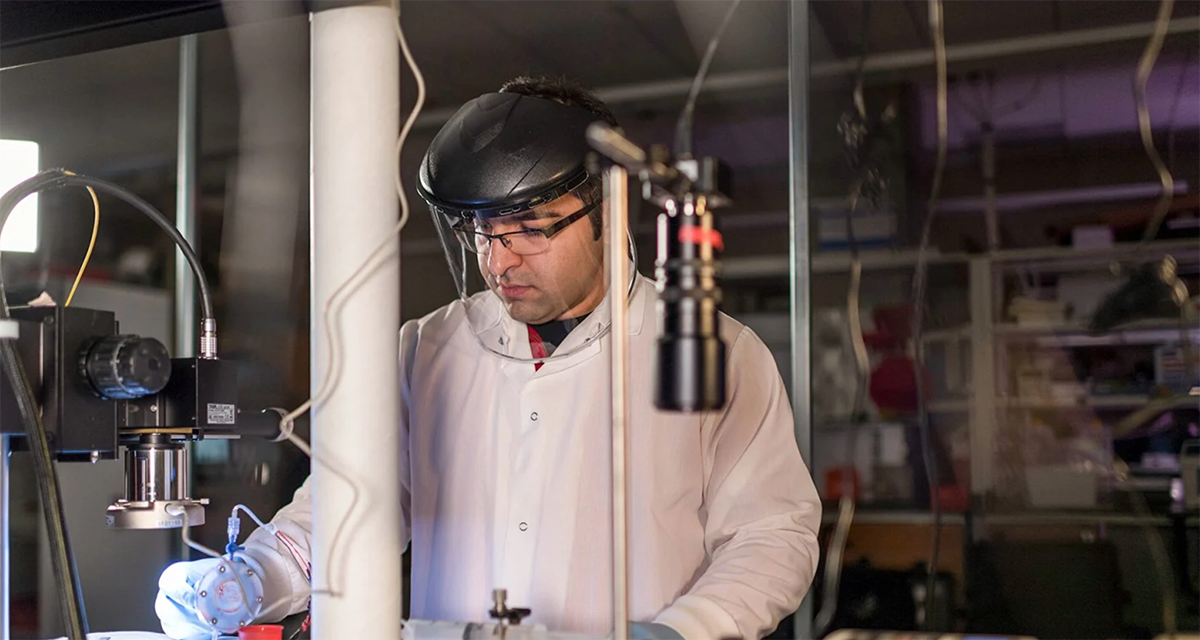
18 May Photonics-based imaging shines light on cancer research
Creating functional organoids from a patient’s tumor tissue allows researchers to test different treatment options in a realistic environment to predict what’s most likely to benefit that patient.
A key aspect of this research is observing treatment impacts and cell growth over time without altering the sample, which is where the photonics-based imaging approaches developed in Dr. Melissa Skala’s lab shine.
“What my lab contributes is imaging technology that can measure the way those cells produce energy to divide and grow, and then use that as a measure of their response to the drug treatment,” said Skala, who is a professor of biomedical engineering and medical physics at UW, a member of the UW Carbone Cancer Center, and the Carol Skornicka Chair at the Morgridge Institute for Research.
Skala and her team develop optical imaging technologies that use light to take advantage of a naturally-occurring glow of molecules within cells. By measuring how much light is given off and how quickly, her team can quantify how effective a treatment is without altering the tumor organoid. This allows continuous use of that organoid to evaluate treatments.
“Normally if you want to measure a drug response, you have to kill your sample and then assess it,” Skala said. “That is not an option here. We need to watch how things evolve over time.”
Skala collaborates on this research with Dr. Dustin Deming, who serves as co-director of the Precision Medicine Molecular Tumor Board. This statewide consortium of cancer clinicians and researchers serve as a free resource to analyze tumor genotypes and molecular abnormalities from a patient’s tumor sample to recommend targeted therapy options as well as ongoing clinical trials. Deming creates tumor organoids based on patient samples submitted to the board. Read more …



